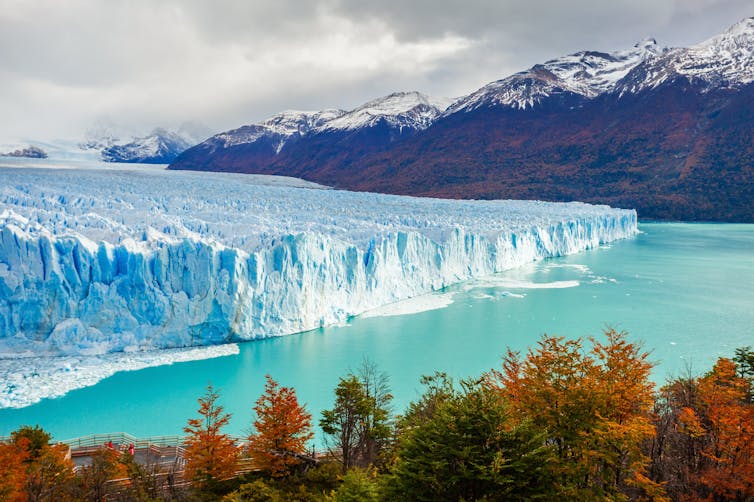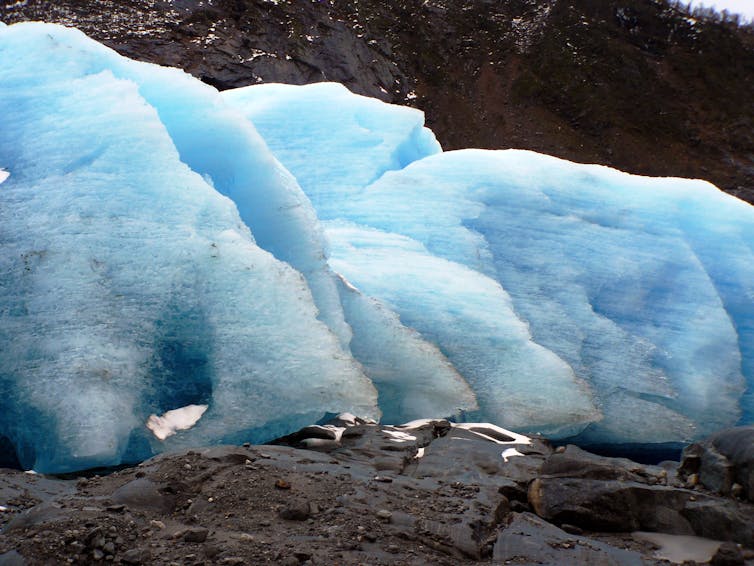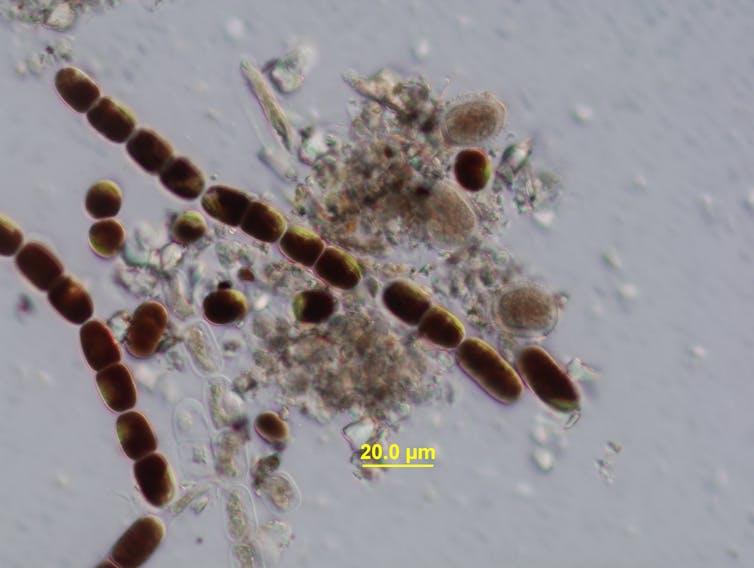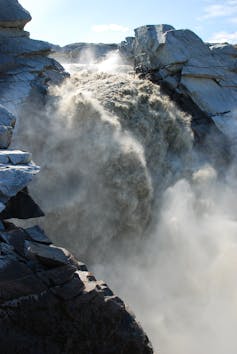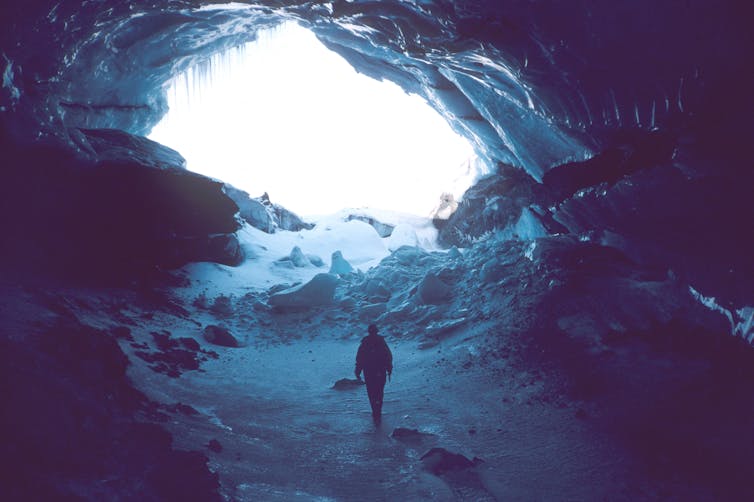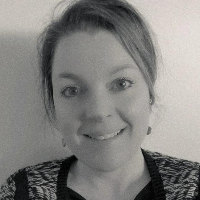Solutions to the climate crisis are within reach, but in order to capture them, we must take urgent action today across every level of society.
~ Al Gore.
Al Gore has always been a hero of mine. I distinctly remember watching ‘An Inconvenient Truth’ for the first time and the profound impact that it had on my view of the world. I personally believe that what Al Gore has done for the awareness of climate change is up there with the contributions of Martin Luther King Jr. to the civil rights movement and Nelson Mandela to the abolition of apartheid. In fact, I have pictures of all three in my bedroom (sad, I know…). Often, they will cast judgemental looks from the side of the room and mutter under their breath that I haven’t made enough of a contribution to humankind today! I find that having such tough critics of my moral compass omnipresent often gives me a little more impetus to do something positive and temporarily clear my conscience.
After dragging my family along to the cinema in September 2017 to watch Al Gore’s moving sequel to ‘An Inconvenient Truth’, I decided to apply to the Climate Reality Training Programme – a training course delivered by Mr. Gore and his team to train individuals about the intricacies of public climate change communication and instigating change in your local community – perfect! Never in a million years did I think that Osh from West Wales would be selected, but so I was.
The training took place in Mexico City and I was lucky enough to use scholarship funding from the Royal Academy of Engineering to pay for my flights and accommodation. The training itself was run for free by Mr. Gore’s charity, The Climate Reality Leadership Training Corps.
Believe in the power of your own voice. The more noise you make, the more accountability you demand from your leaders, the more our world will change for better.
~ Al Gore
I arrived in Mexico City unsure of what to expect. I had read all the pre-material on the flight (in and around a binge watch of the latest movies… as you do), but I was still pretty apprehensive. Luckily, the moment I arrived at the conference and started chatting to the other delegates, I realised that I was surrounded by people just like me from all over the world – a load of enthusiastic tree-huggers looking to do a little bit more than using a bag-for-life at Sainsburys, a keep-cup at Costa and a passive-aggressive tone with housemates about the recycling – I was in my element.
The first session of the day was opened by the man himself, Mr. Gore. He delivered a powerful and poignant speech to begin the training. He talked about the severity of the current situation and the growing need to act:
- CO2 is being released into the atmosphere faster than at any time in at least the last 66 million years. [1]
- As a result, global temperatures have increased significantly. We are at a point now, where what would have been considered an ‘Extremely Hot’ day (i.e. a 0.1% frequency event) between 1951 and 1981 now occurs 14.5% of the time! [2]
- 17 of the 18 hottest years on record have occurred since 2001. [3]
He then went on to talk about some of the devastating consequences that we have already observed. Notably, he drew links between changes in climate to both the ‘Syrian Refugee Crisis’ and the ‘Beast from the East’:
The Syrian Refugee Crisis
- Between 2006 and 2010, 60% of Syria’s fertile land was turned into dessert due to severe droughts as a result of record high temperatures. [4]
- 80% of their livestock was killed. [4]
- This drove 1.5 million people into Syria’s already overcrowded cities coping with the influx of refugees as a result of the Iraq war. We all know what happened next…
- In 2015, the crisis reached its climax with millions fleeing Syria for Europe. As a result, thousands died, and huge political unrest was created across the continent.
- A paper published by the ‘Proceedings of the National Academy of Science (PANS) ‘ in 2015 stated that the probability of the severity of the droughts was increased by 2-3 times as a result of climate change. [5]
The Beast from the East
- On February 25th, 2018, the temperature at the North Pole was 28°C higher than normal. [6]
- The North Pole is usually protected from the warmer temperatures of Southern Latitudes by a natural phenomenon called the Polar Vortex.
- However, in February/March of this year, a surge in temperature caused the polar vortex to split. This created two areas of low pressure over Northern Europe and North America, resulting in very cold temperatures and large snowfall in both areas. [7]
- The reason this is important is because the poles serve like a refrigerator for the planet, reflecting solar irradiation back into space. With rapid melting events like those seen in February/March, the ice mass at the North Pole decreased, reducing the pole’s ability to reflect the irradiation and accelerating the warmth of the planet.
Of course, no speech about climate change would be complete without mentioning everybody’s favourite antagonist – yep, you guessed it… Donald Trump. Simply mentioning the name of Trump in a room full of environmentalists was bound to get a laugh. Mr Gore summed it up concisely:
We need to put a price on carbon in the markets, and a price on denial in politics.
~ Al Gore
However, as has become a trademark of Mr. Gore’s speeches over the years, he didn’t leave his audience in the depths of despair about the mess that we find ourselves in. He went on to talk about the positive news and the reasons for hope:
- In 2000, the International Energy Agency (IEA) projected that there would be 30 gigawatts of wind power worldwide by 2010. In 2010, this estimate was exceeded by a factor of 7 and in 2017, global wind energy capacity rose to 539.6 GW, or about 18 times more than the IEA’s projection for 2010. [8]
- In 2002, a top solar industry analyst projected that the global solar market would grow 1 gigawatt annually by 2010. The actual growth of the solar market in 2010 turned out to be 17 times that, with 17 gigawatts of solar capacity added that year. The world installed a record 98 gigawatts of solar photovoltaic (PV) capacity in 2017, far more than the net additions of any other technology – renewable, fossil fuel, or nuclear. [9]
- According to Bloomberg New Energy Finance, by 2040, wind power could draw $3.3 trillion in investment and see a fourfold increase in capacity. [10]
- China installed 53 GW of solar capacity in 2017, more than the total installed solar capacity of any other country in the world. [11] This has driven a dramatic decrease in the cost of solar and an increase in the robustness of the technology.
Needless to say, it was incredible to watch the passion and conviction with which Mr. Gore delivered his material. He is a truly gifted orator. Communicating the harsh realities of climate change, coupled with the strong message for hope was something that really gave Mr. Gore’s presentation weight. Rather than feeling depressed about the situation, as is often the case when listening to a speech about climate change, this speech left me feeling empowered. Striking this fine balance was a key emphasis of the training to follow.
The next few days of the training flew by in a blur of presentation coaching, climate change and solutions workshops, networking events and various other activities. It was truly inspiring to learn about all the incredible things that people had achieved in their own respective communities. A key aspect of the training was the commitment required following the event. We each had to commit to making 10 ‘acts of leadership’ once we arrived back at home. This could include contacting our local MP to discuss climate change, delivering presentations on the subject, arranging events and so forth.
So far, I have delivered a presentation to my fellow Royal Academy of Engineering scholars and contacted both my Member of Parliament and my Welsh Assembly Member. I have arranged to meet my MP in Westminster, and I intend to present to him about climate change and urge him to instigate action. For my other acts of leadership, I intend to present at a series of secondary schools. I have been lucky enough to be elected Engineers Without Borders’ Outreach Officer for this year, and we have 6 school visits in the pipeline for the Bristol area. I have also organised to go back to my own secondary school in West Wales to present.

Overall, the training was an incredible experience – something that I have taken a lot away from, both in terms of the knowledge and confidence that I have gained to present about climate change and the lasting friendships that I have made with other delegates. I would urge anybody passionate about tackling climate change to attend a training course run by the Climate Reality Leadership Corps (a link to their site to find out about the next training can be found here).
I’d like to leave you with a list of actions that we can all do as individuals to make an impact:
- Contact your local MP and set out your concerns regarding climate change (I have a template that you are welcome to use – see the bottom of the article for my contact details)
- Vote for candidates that have a strong stance on combating climate change
- Buy less meat, milk, cheese and butter and more locally sourced seasonal food – and throw less of it away
- Drive electric cars but walk or cycle short distances
- Take trains and buses instead of planes
- Use videoconferencing instead of business travel
- Use a washing line instead of a tumble dryer
- Insulate homes
- Demand low carbon in every consumer product
Will our children ask, why didn’t you act? Or will they ask, how did you find the moral courage to rise up and change?
~ Al Gore
Please feel free to contact me with any questions at: osianllyrrees@gmail.com
References
[1] RE Zeebe, et al., Nature Geoscience, March 2016
[2] NASA/GISS; Hansen, et al., “Perceptions of Climate Change,” Proc. Natl. Acad. Sci. USA 10.1073, August 2012 – Updated 2016
[3] National Aeronautics and Space Administration Goddard Institute for Space Studies, “GISS Surface Temperature Analysis (GISTEMP): Global-mean monthly, seasonal, and annual means,” last updated February, 2018.
[4] NPR Staff, “How Could A Drought Spark A Civil War?,” National Public Radio, September 8, 2013.
[5] C. Kelly, S. Mohtadi, M. Cane, R. Seager, and Y. Kushnir. Climate change in the fertile crescent and implications of the recent syrian drought. PNAS, 112:3241–3246, 2015.
[6] Washington Post, “North Pole surges above freezing in the dead of winter, stunning scientists”, Accessed September 27th 2018
[7] The Carbon Brief, “Explainer: The polar vortex, climate change and the ‘Beast from the East’”, Accessed September 27th 2018
[8] Global Wind Energy Council, Global Wind Statistics 2017 (February 2018).
[9] ** UN Environment, “Banking on Sunshine: World Added Far More Solar Than Fossil Fuel Generation Capacity in 2017,” April 5, 2018
[10] Bloomberg New Energy Finance, “Global wind and solar costs to fall even faster, while coal fades even in China and India,” June 15, 2017
[11] Mark Osborne, “China officially installed 52.83 GW of solar modules in 2017,” PVTech, January 18, 2018.
——————————————
 |
| Osian Rees |


